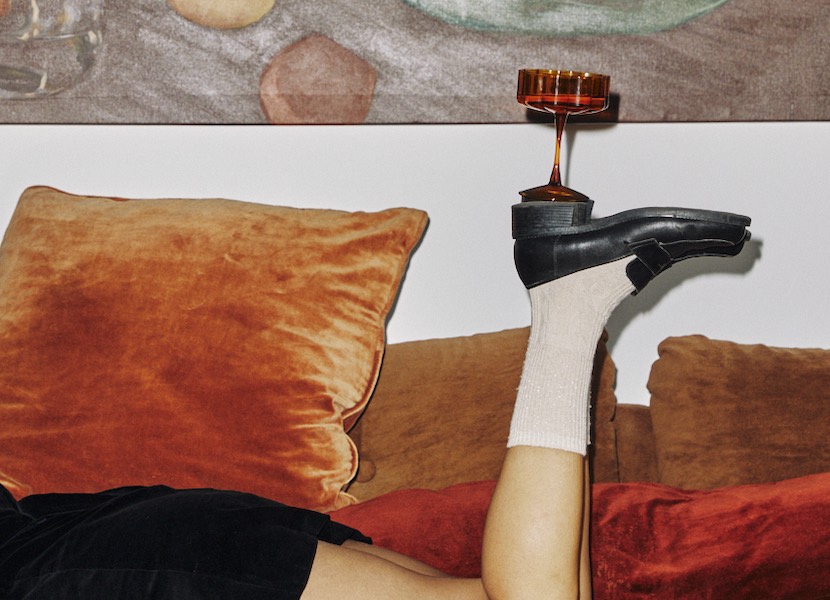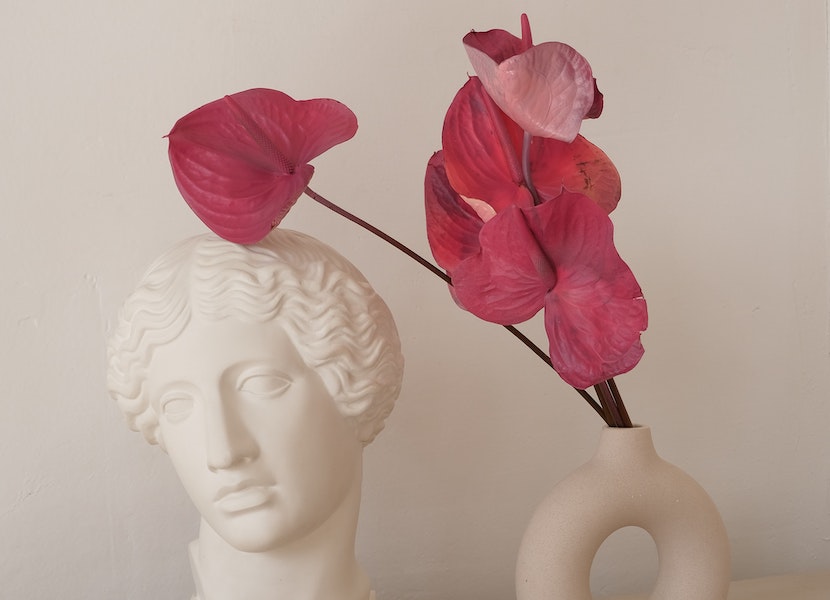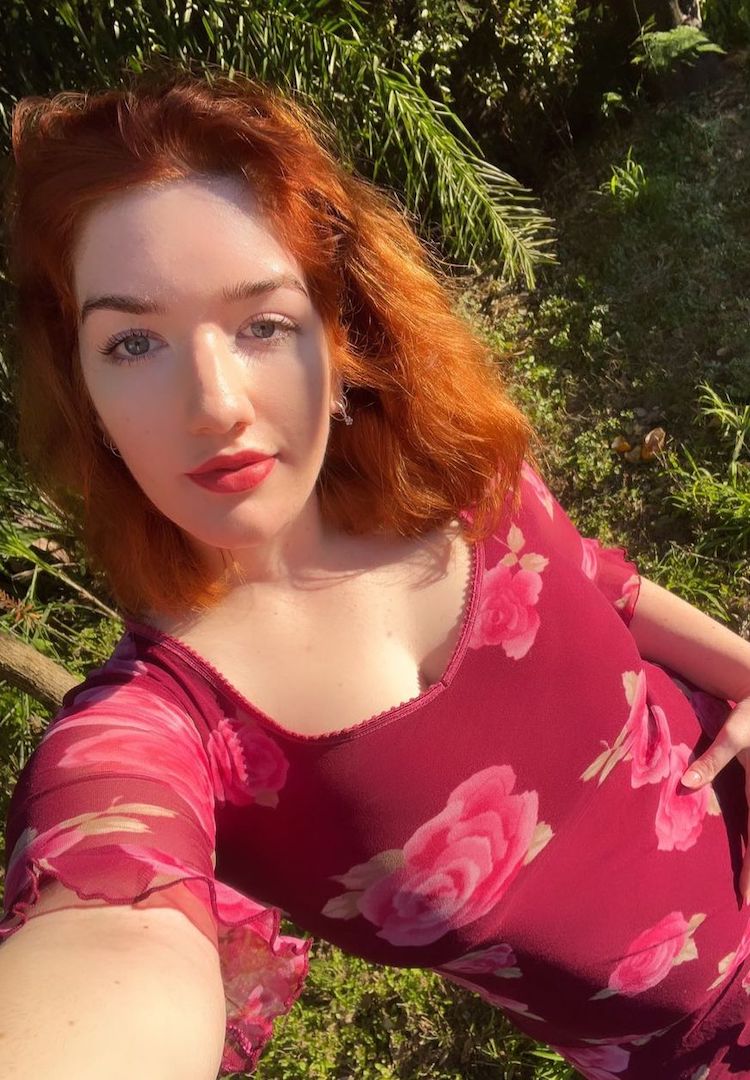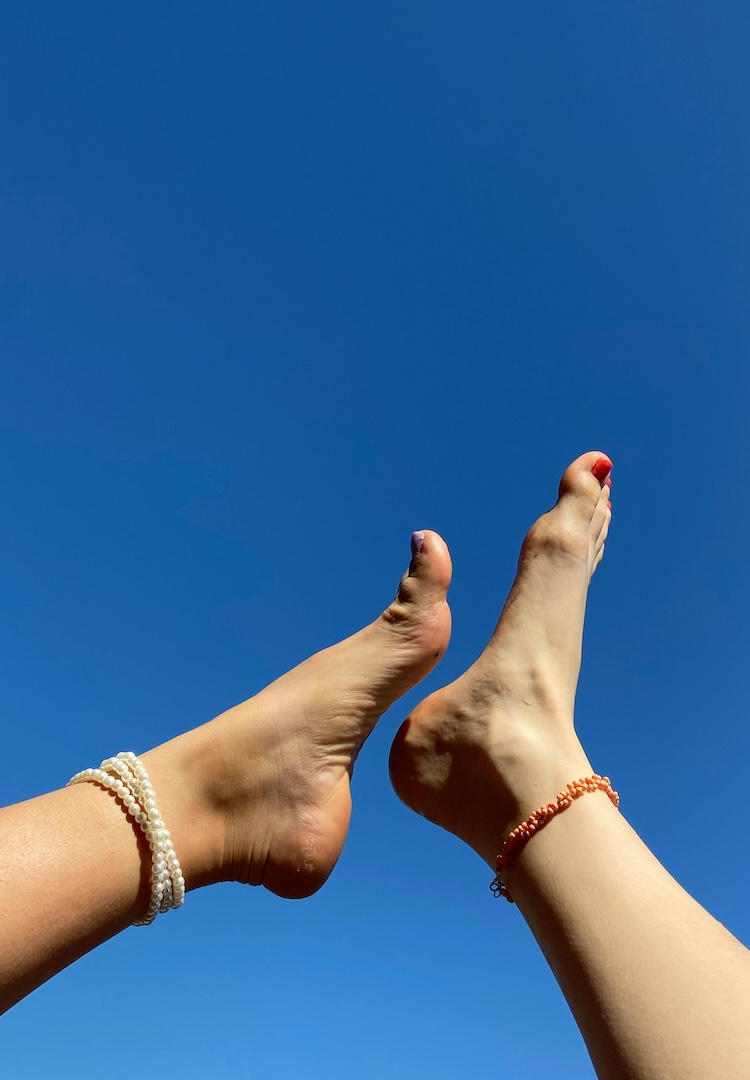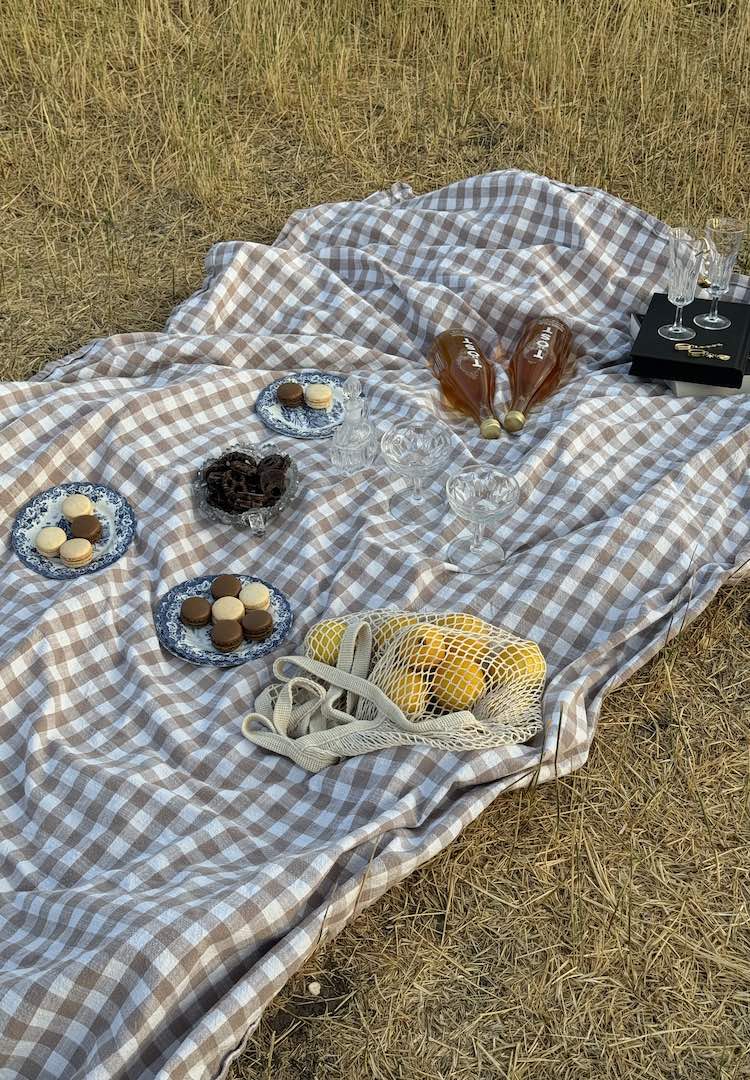How I handle episodes of body dysmorphia
WORDS BY CAT FORSYTH
“The most crucial part is to be compassionate with yourself.”
Content warning: This article discusses anxiety and eating disorders.
My self-image and relationship with my body have never been positive. When I think about my childhood and adolescence, I don’t remember ever looking in the mirror and feeling good about what I saw. From around the age of 13, my self-talk was a tirade of abuse and shame. Consequently, this led to a lengthy battle with an eating disorder. A lot of my life consisted of avoiding food, hating my body and feeling completely helpless.
Shame enveloped me, and I didn’t feel like I could tell anyone what I was going through. This carried on throughout my teenage years, and despite an official diagnosis at the age of 17, I didn’t receive proper help until I was nearly 20 years old. When I got to 20, I realised I couldn’t keep living in such distress. This is when I embarked on the arduous journey towards turning my life around.
For more thought-provoking content, tap through to our Life section.
Recovering from an eating disorder and body dysmorphia is no easy feat. I think it’s one of the hardest things I will ever have to do in my life. I’ve been trying to get better for nearly two years, and just when I feel like I’ve finally figured it all out, I stumble and fall down the rabbit hole again. Although I’m doing better on the food front, one problem that endures is the way I view myself.
The DSM-5 (essentially the guide to mental illnesses) defines body dysmorphia as a “preoccupation with one or more perceived defects or flaws in physical appearance that are not observable or appear slight to others”. Basically, the way you view yourself is not reflective of reality. I now have good periods when I view myself positively. But in recovery, there are inevitably some bad days too.
I like to think of these episodes as ‘flare-ups’, and compare them to a physical injury. Just as an injury needs to be tended to, a person experiencing an episode of body dysmorphia should be nurtured and looked after. I’ve learnt over time to take care of myself when I’m feeling vulnerable. I require a little bit of extra love and care in these times, and have developed a routine that helps me cope in these times of difficulty.
How I approach an episode of body dysmorphia
First of all, knowing my triggers is crucial. Over time, I’ve noticed what precipitates negative body image thoughts. I know I can’t be involved in discussions surrounding weight, dieting or calories. Looking in the mirror for too long leads to over-analysis of my body, and too much time on social media generally causes me to compare myself to others.
Next, I need to remove myself from the situation. Whether that means my mirror, a conversation, or a social media post, I know I need to get some space from the trigger. I’ll walk away from the discussion, I’ll put my phone down or I’ll go into a room with no mirrors.
The third step is probably the most important – self-care. This is the time to accept that you’re upset and you need comfort. By watching my mum, who has always nurtured me when I’m in distress, I’ve learnt how to soothe myself like she used to (and let’s be real, still does). Self-soothing consists of a few basic things, and a cup of tea is always part one. I have a few go-to activities that are easy and that I know will always calm me down.
I’ll sit in the garden and pull out weeds (sounds weird, I know… but it works), I’ll put on a guided meditation and breathe, or I’ll do some colouring in. Drinking a cup of tea while doing these is mandatory. The aim of these activities is to slow my heart rate down to prevent a panic attack, and to regain control of the rational part of my brain. It’s also to show myself I’m worthy of love and care, rather than the usual battering I give myself when I’m feeling low.
Along with doing one of these activities, it’s so important I stay off social media during the ‘calm-down’ period. The aim of drawing, weeding or meditating is to nurture me, and I know that looking through social media will always inflame an episode of body dysmorphia.
After I’ve ridden out the distress, I like to express myself creatively. Sometimes this is drawing or sewing, but generally, I like to write about how I’m feeling. Journaling helps the feelings exit my body, and gives my brain a little space to recover.
Finally, in the days following a flare-up, I’ll see my psychologist and dietician and make sure I bring up the episode with them. This gives me the space to talk through the incident, the initial trigger and how I’m approaching recovery. I acknowledge having the support of professionals is a great privilege that not everyone has, and I’m incredibly lucky.
It’s important to remember recovery isn’t linear, and that relapse or episodes of difficulty are normal and part of the journey. It took me a while to realise the most crucial part is to be compassionate with yourself. This will enable you to recover from a flare-up faster each time. Eventually, the episodes will be few and far between, until they dissipate altogether. I haven’t got there yet, but I truly believe that I will one day.
If you’re struggling with body dysmorphia, head here or call the Butterfly Foundation’s National Helpline on 1800 33 4673.

